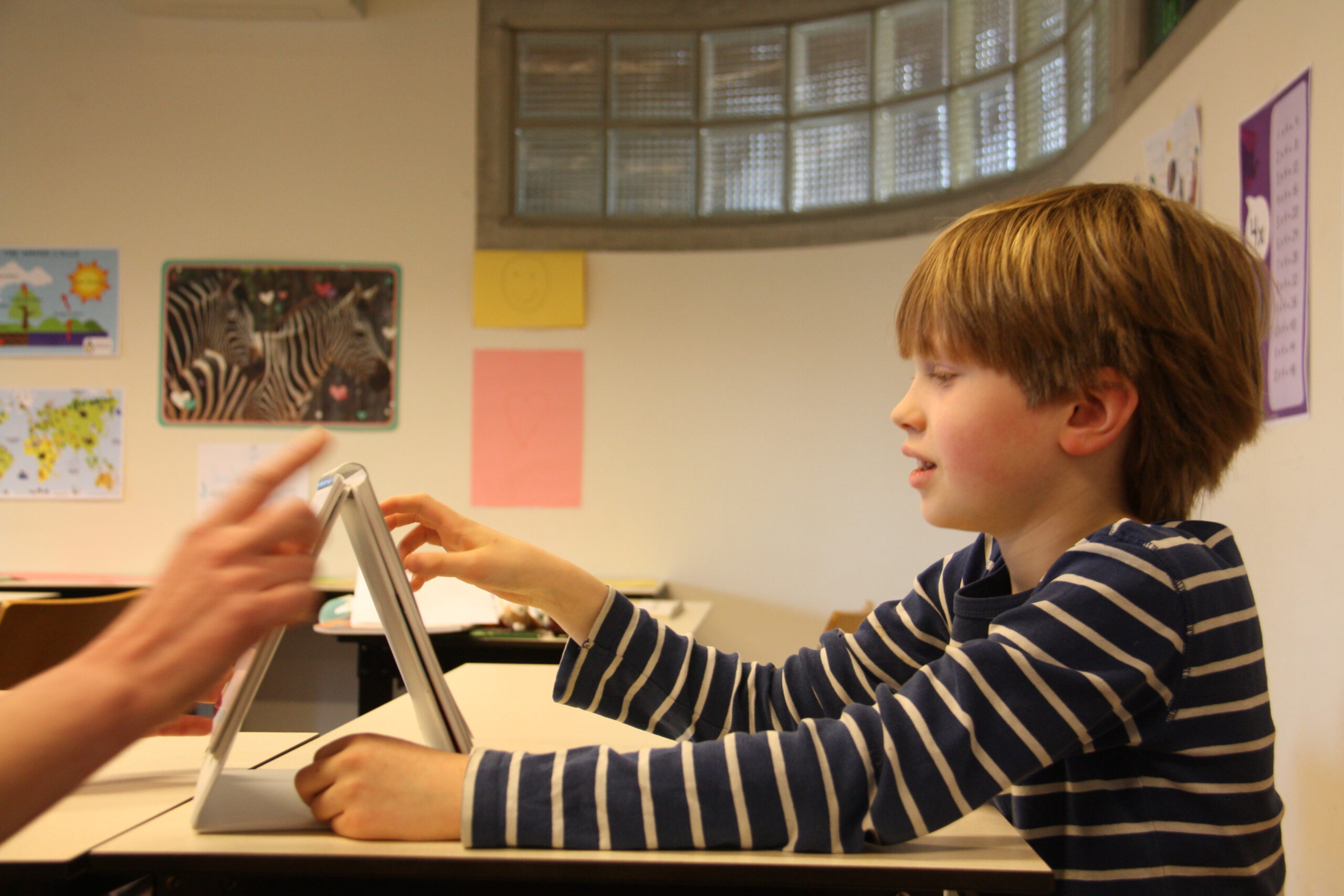The Project
Multilingualism in Children
In order to successfully communicate with one another, we need more than just good grammar and a large vocabulary; we also need to be able to read the quite subtle behaviors of other speakers and pay attention to the context of conversations. We know from previous research that multilingual children make different use of various non-verbal behaviours (or “cues”) that come up during interactions and from the context of the conversation.
Instances of contextual cues are whether there is, for example, a wall blocking the speaker’s sight so that they cannot see the toys that the child is talking about. However, since this line of research is still quite new, there are many fundamental questions about multilingualism in children that MultiCUE aims to answer.
About the Project
MultiCUE began in February 2022 and will run until January 2027. In this period, both multilingual and monolingual children across the Netherlands can participate in the research. MultiCUE is short for “Multilingual children’s Communicative Understanding and Efficiency”.

What are our research goals?
Our research explores the following key questions:
- Do multilingual children pay more attention to someone’s gestures when understanding spoken language?
- Do multilingual children take into account more what another person can and cannot see?
- Do multilingual children have less difficulty understanding figurative language (such as irony), where it is crucial to pay attention to the context and the speaker’s non-verbal cues?
- Why do multilingual children use certain communicative cues differently than monolingual children?
Project Funding
MultiCUE is funded by NWO research, the Dutch Research Council.
Take Part
Would your child like to participate in our research? Click below to see our ongoing research!
